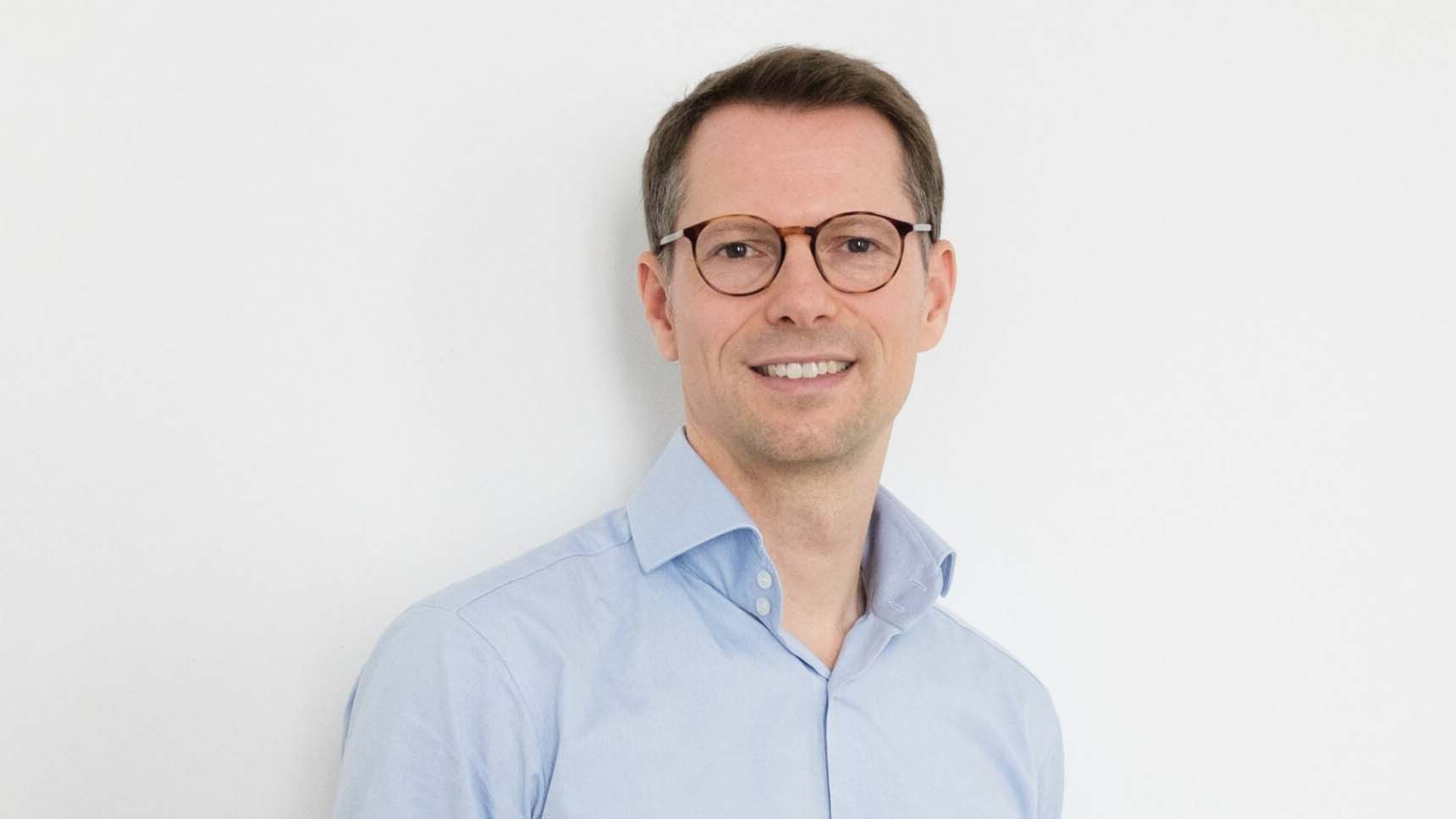Last week, BBVA announced that it is buying Simple for $117 million. It’s easy to think of reasons why this acquisition appeals to BBVA. It’s not for assets and deposits. Yes, the 100,000 tech-savvy early adopters who’ve signed up for Simple are very attractive, but they don’t justify the purchase price, either. And, it wasn’t solely for the brand.
Banks and other financial institutions worry – rightly or not – that more nimble technology companies, with their superior mobile and digital skills and lack of regulation, will invade financial services. But it’s extraordinarily difficult for a bank, or any giant financial institution, to innovate in the manner of Simple or Moven. I’ll give you two reasons why this is so, though there are many more:
- Legacy systems and legacy thinking dominate these institutions, and
- The demands of quarterly profit numbers make it very difficult if not impossible to sustain an investment of large amounts in loss-making initiatives, no matter how promising they are in the long term.
So here’s why I think they bought Simple: BBVA got a team and an approach to banking innovation that they couldn’t have duplicated on their own for the same amount of money. Whether they’ll truly allow Simple to operate independently and continue to fund it adequately – year in and year out – is now the $117MM question.
A succès d’estime
What’s more interesting to me than why BBVA bought Simple, and what I haven’t seen covered, is why Simple, which had raised north of $15MM from some very good venture investors, including Village Ventures, Anthemis Group, Shasta Ventures, IA Ventures, First Round Capital, and New Venture Capital, sold.
These smart, savvy investors obviously decided that $117MM in cash today was the best outcome they were going to see for their investment. A nice outcome, but not a home run. The smartest people, with the best information, decided to get out now, rather than commit more of the capital they steward.
I have some theories why, some specific to Simple and some more general. I have no specific insider knowledge, so this is just speculation. In no particular order:
- It’s not enough for the experience to be outstanding – the product must also be better. And debit cards are not a great product. They’re inferior to credit cards from the consumer standpoint. You can’t convince large numbers of people that you’re a bank that doesn’t suck if you offer a banking product inferior to what I have right now in my own wallet. You have to offer a better deal.
- This is why ING Direct was successful in the U.S. They paid higher-than-market rates consistently – so their product was obviously better – and advertised the hell out of it. With higher rates, they were able to buy clients. In contrast, when Virgin decided to enter the U.S. financial services market, they declined to take that approach, thinking they would attract clients on the strengths of their brand, without having to offer better service or better products. It didn’t work out that way.
- You need more than one product and more than one source of revenue. Simple’s only source of revenue is swipe fees. You need multiple products to succeed long-term. This will help improve your revenue per client and can justify higher initial acquisition costs. It will also improve customer loyalty. Selling existing clients a second product is generally more efficient than acquiring brand new clients.
- Operating as a non-bank intermediary between users and FDIC-insured institutions may not be the way to go. It’s hard to disrupt banks when you are reliant on a bank for infrastructure. It’s hard to realize economies of scale when you are paying a bank for infrastructure. You don’t really control the customer experience and may not be able to innovate product the way you want to when you are reliant on a bank for infrastructure. Banks may also be unreliable partners for startups. As BBVA will own Simple outright, these problems should ease.
- Back in the day, our investors at CircleLending would warn us that we really, really didn’t want to be regulated as a bank. But that may indeed be the way to go.
- All this means that $15MM isn’t enough capital to build a NeoBank, not by a long shot. (The late, lamented PerkStreet raised about $15MM, as well.)
The transaction has generated lots of excitement in FinTech land. And, just as the sale of Mint to Intuit set of a flurry of new PFM startups, it’s possible that the sale of Simple to BBVA will encourage people to start internet or mobile first bank-like intermediaries. But I think what we have learned here is that, next time, the model has to be different.



